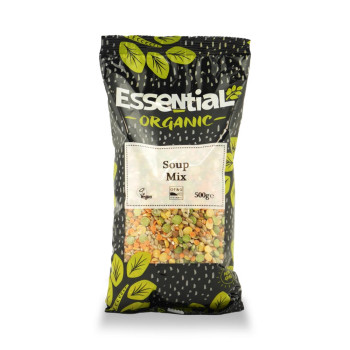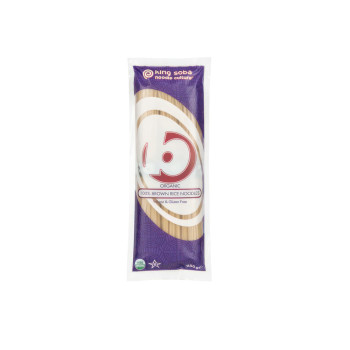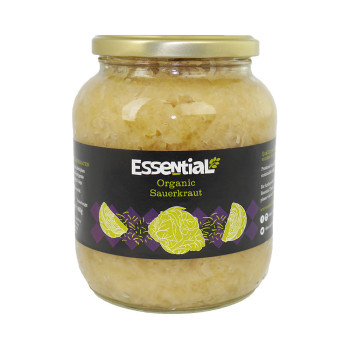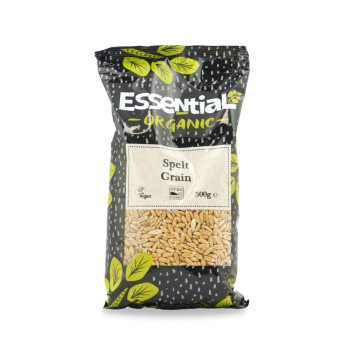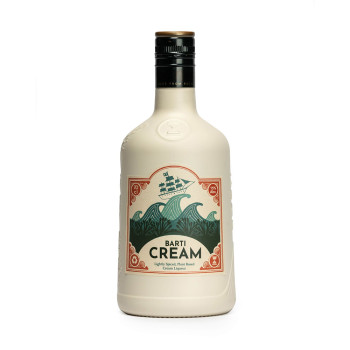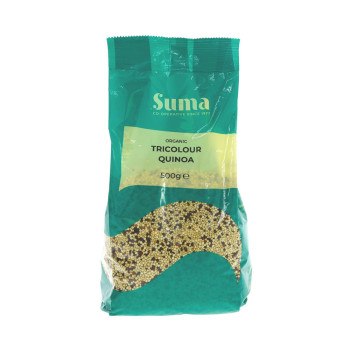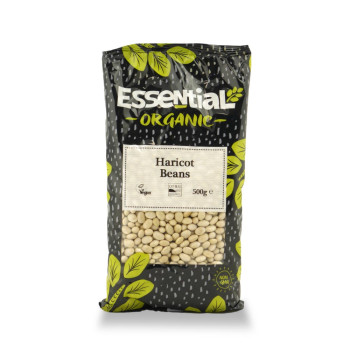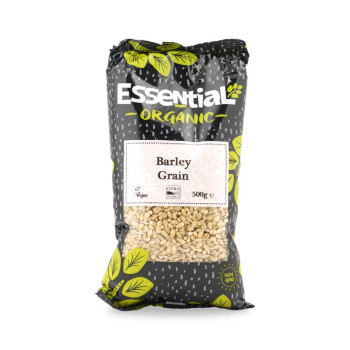Tapioca is a starchy substance extracted from the roots of the cassava plant (Manihot esculenta), also known as manioc or yuca. It’s widely used in cooking as a thickening agent and in various gluten-free recipes. Tapioca itself is naturally gluten-free.
Nutritional Profile:
Tapioca is mostly composed of carbohydrates, specifically starch. It is low in fat, protein, and fiber and is considered a calorie-dense food. Here’s a breakdown of its nutritional properties:
Carbohydrates: Tapioca is primarily a source of quick energy due to its high carbohydrate content, making it useful in energy-dense diets.
Low in Nutrients: On its own, tapioca contains minimal protein, vitamins, and minerals, although it can be enriched when used in various recipes.
Gluten-Free: Tapioca is naturally gluten-free, making it an excellent option for people with gluten intolerance or celiac disease.
Hypoallergenic: Tapioca is typically safe for people with food allergies since it is grain-free, nut-free, and dairy-free.
Health Benefits:
While tapioca itself is not a powerhouse of nutrients, it can still offer some benefits:
Digestive Health: Tapioca is easy to digest and is often recommended for people recovering from digestive issues or illness. It can be included in diets that require low-fiber or low-residue foods.
Supports Gluten-Free Diets: Tapioca flour is frequently used in gluten-free baking to provide structure and chewiness to bread, cakes, and other baked goods, as it has similar binding properties to gluten.
Weight Gain: Due to its high carbohydrate content, tapioca is often used in diets designed for weight gain or for people who need to increase their calorie intake.
Allergen-Friendly: For individuals with allergies or sensitivities to grains, nuts, or dairy, tapioca provides a safe alternative for thickening or sweetening dishes.
Culinary Uses:
Organic tapioca is incredibly versatile in the kitchen:
Tapioca Pudding: One of the most common uses of tapioca pearls is in pudding. The pearls swell when cooked, creating a creamy, chewy texture.
Bubble Tea: Large tapioca pearls are the main ingredient in the popular beverage bubble tea, also known as boba tea. The pearls are cooked until soft and added to sweet tea with milk.
Thickening Agent: Tapioca starch/flour is often used to thicken soups, sauces, and gravies. It's a great alternative to cornstarch for those avoiding corn products.
Gluten-Free Baking: Tapioca flour is used to make gluten-free breads, cookies, and pastries, offering a chewy texture similar to gluten-containing grains.
Tapioca Syrup: This is a natural sweetener alternative to corn syrup, often used in baked goods, beverages, and candies.




